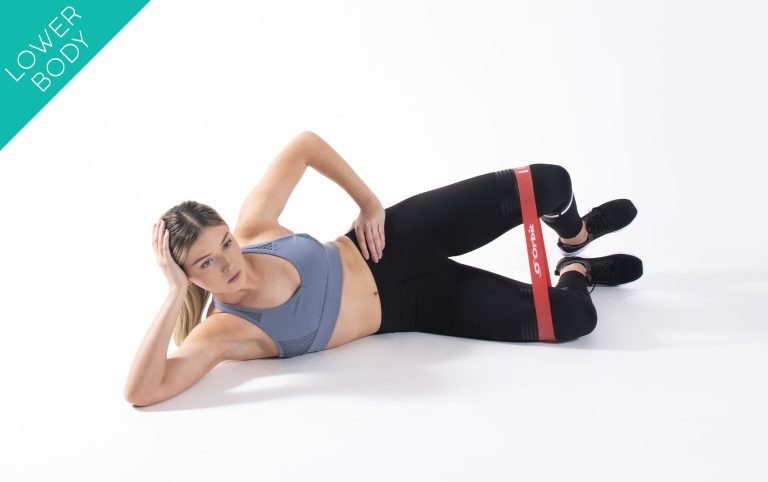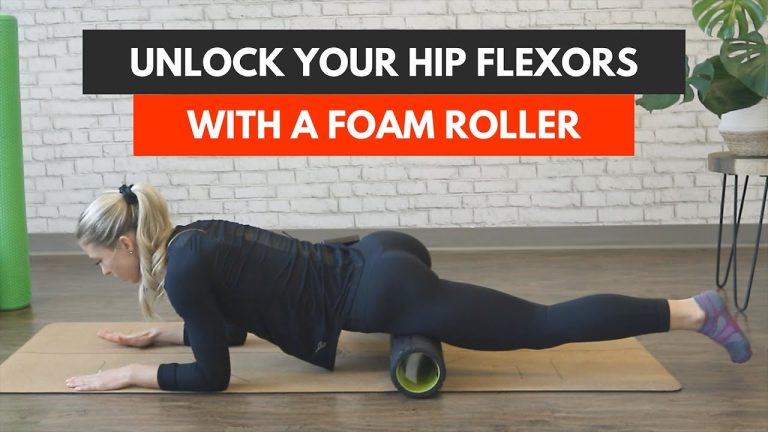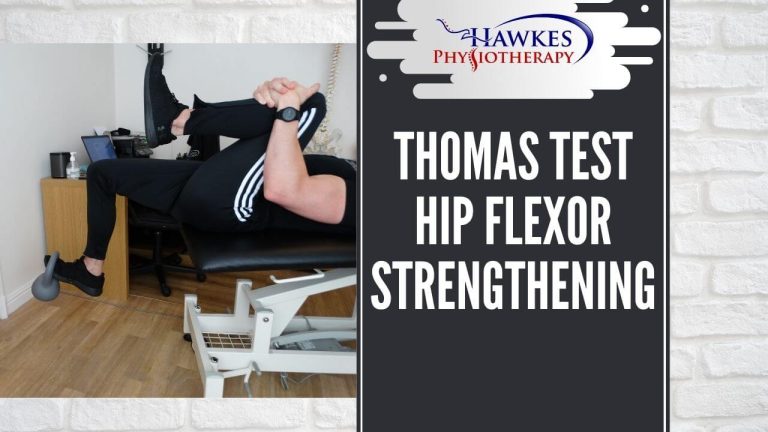Plank Hip Dips Benefits: Strengthen Your Core, Achieve Stability!
Discover the transformative power of plank hip dips – an exercise that goes beyond the typical plank and targets your core in a whole new way. Imagine achieving a stronger midsection, improved stability, and better posture without the need for expensive equipment or a gym membership.
With just a few minutes each day, you can unlock a myriad of benefits simply by incorporating plank hip dips into your routine. This incredibly versatile exercise can be performed virtually anywhere, making it perfect for busy individuals on the go.
Get ready to redefine your fitness journey and unveil a stronger, more resilient you.
plank hip dips benefits
The benefits of plank hip dips are numerous. This exercise specifically targets the obliques and strengthens the core.
By working the back, transverse abdominis, obliques, and stabilizer muscles of the shoulders, plank hip dips help to strengthen the core muscles, reduce the risk of injury, and provide better support for other exercises. Additionally, they improve stability and posture by working smaller muscles in the core and shoulders.
Plank hip dips also train the body to rotate, which is useful in everyday life activities. Furthermore, this exercise requires no equipment and can be done anywhere.
To perform plank hip dips properly, it is important to maintain proper form by keeping the elbows underneath the shoulders, placing the toes in line with the hips, and maintaining a straight line with the body. For added benefits, variations such as side planks and slow tempo movements can be incorporated.
Holding a side plank for 30 seconds on each side targets the obliques, while performing plank hip dips with a slow tempo increases strength and control. Overall, plank hip dips offer a range of benefits for athletes and beginners alike, focusing on core strength, injury prevention, stability, and posture improvement.
Key Points:
- Plank hip dips target the obliques and strengthen the core.
- They work the back, transverse abdominis, obliques, and stabilizer muscles of the shoulders.
- Plank hip dips reduce the risk of injury and provide support for other exercises.
- They improve stability and posture by working smaller muscles in the core and shoulders.
- Plank hip dips train the body to rotate, which is useful in everyday life activities.
- This exercise requires no equipment and can be done anywhere.
Sources
https://www.livestrong.com/article/13773493-plank-hip-dips/
https://www.mindbodygreen.com/articles/plank-hip-dips
https://www.tomsguide.com/news/i-did-50-plank-hip-dips-a-day-for-a-week-heres-the-results
https://www.tomsguide.com/news/i-did-70-side-plank-dips-every-day-for-one-week-here-are-my-results
Check this out:
💡 Pro Tips:
1. Gradually increase the difficulty of plank hip dips by adding a leg lift or extending the arm overhead.
2. Use a foam roller or stability ball placed under the feet to increase the instability and challenge the core muscles even more.
3. Incorporate plank hip dips into a circuit workout for a complete core strengthening routine.
4. Practice deep breathing while performing plank hip dips to engage the deep core muscles and enhance the mind-body connection.
5. Add a resistance band around the thighs to increase the activation of the hip abductor muscles during plank hip dips.
Targeting The Obliques: Benefits Of Plank Hip Dips
Plank hip dips are a popular variation of the traditional plank exercise that specifically target the oblique muscles, which are located on the sides of the abdomen. By incorporating this movement into your workout routine, you can reap several benefits for your obliques.
Firstly, plank hip dips focus on the hip and oblique muscles, ensuring that the movement starts from these areas and does not go below shoulder height. This specific targeting helps isolate and engage the obliques, leading to increased strength and toning of these muscles.
As a result, you will notice a more defined waistline and improved overall core stability.
Furthermore, plank hip dips not only work the obliques but also engage other important muscle groups, such as the back, transverse abdominis, and stabilizer muscles of the shoulders. This comprehensive activation contributes to a stronger overall core and improved functional movement.
Strengthening The Core: Why Plank Hip Dips Work
The core is comprised of several muscles that play a vital role in maintaining stability, balance, and proper posture. Plank hip dips, as a core-targeting exercise, are highly effective in strengthening these key muscles.
When performing plank hip dips, you engage the deep core muscles, including the transverse abdominis, which acts as a natural corset and provides support to the spine. By strengthening these muscles, you not only enhance your athletic performance but also reduce the risk of back injuries and improve overall posture.
In addition, plank hip dips activate the back muscles, including the erector spinae, which helps in maintaining posture and preventing lower back pain. By targeting these muscles, you can relieve tension built up from sitting for extended periods and promote better spinal alignment.
- Obliques
- Transverse abdominis
- Back muscles
- Stabilizer muscles of the shoulders
Suitable For Athletes And Beginners: Recommended For Core Strength
Whether you are a seasoned athlete or just starting your fitness journey, plank hip dips can be an excellent addition to your core-strengthening routine.
For athletes, incorporating plank hip dips into their training can lead to improved athletic performance. The strengthening of the core muscles through this exercise enhances overall stability, balance, and power, which are crucial for various sports activities, such as running, jumping, and twisting.
Beginners can also benefit from plank hip dips as they offer a way to gradually build up core strength. Mastering the traditional plank exercise is typically a prerequisite before attempting plank hip dips.
Once a certain level of core strength has been developed, beginners can safely and effectively transition to plank hip dips to further challenge their abdominal muscles.
It is important to note that proper form and technique should always be maintained to avoid injury. Beginners should start with shorter durations and gradually increase the length of their plank hip dip sets as they become more comfortable and confident in their abilities.
Enhanced Support And Injury Prevention: Benefits Of Plank Hip Dips
One of the key benefits of incorporating plank hip dips into your workout routine is the enhanced support and injury prevention they offer.
By strengthening the core muscles, including the obliques, transverse abdominis, and back muscles, plank hip dips help provide better stability and support for other exercises and movements. This increased core strength not only improves overall athletic performance but also reduces the risk of injuries, particularly those related to the back and spine.
Moreover, plank hip dips promote better biomechanics by improving core control and stability. This, in turn, translates into better form and technique during other exercises, reducing the strain on joints and minimizing the likelihood of developing overuse injuries.
- Improved support for other exercises and movements
- Reduced risk of back and spine-related injuries
- Better core control and stability
- Enhanced biomechanics and reduced strain on joints
Improved Stability And Posture: Working Smaller Muscles In The Core
In addition to the major muscle groups, plank hip dips also target smaller muscles in the core and shoulders, resulting in improved stability and posture.
While traditional plank exercises primarily focus on the rectus abdominis (the six-pack muscle) and the larger muscle groups, plank hip dips engage smaller stabilizer muscles that are often neglected. These muscles help maintain proper alignment and balance, leading to improved stability.
Moreover, plank hip dips promote better posture by strengthening the muscles responsible for maintaining an upright position. By continuously engaging and challenging these muscles, you train your body to naturally adopt a more aligned and balanced posture, reducing the risk of poor posture-related problems.
Everyday Life Application: Training Body Rotation With Plank Hip Dips
The ability to rotate our bodies efficiently and effectively is crucial in everyday life activities, such as picking up objects, reaching for items, and twisting to look behind us. Plank hip dips help train the body to perform these rotational movements with greater ease and control.
By engaging the oblique muscles in a rotational motion during plank hip dips, you mimic the movements required in various daily tasks. This functional training improves your ability to perform these activities, making them feel more effortless and reducing the likelihood of strain or injury.
Furthermore, the rotational aspect of plank hip dips also contributes to improved sports performance, particularly in sports that involve twisting movements, such as golf, tennis, and baseball. The rotational strength developed through consistent practice of plank hip dips can translate into more power and control during these specific activities.
In conclusion, plank hip dips offer a myriad of benefits for individuals looking to strengthen their core, improve stability, and enhance posture. By targeting the obliques and engaging other important muscle groups, plank hip dips provide a comprehensive workout that can be tailored to suit both athletes and beginners.
So, why not incorporate plank hip dips into your routine and experience the remarkable impact they can have on your overall fitness journey?







